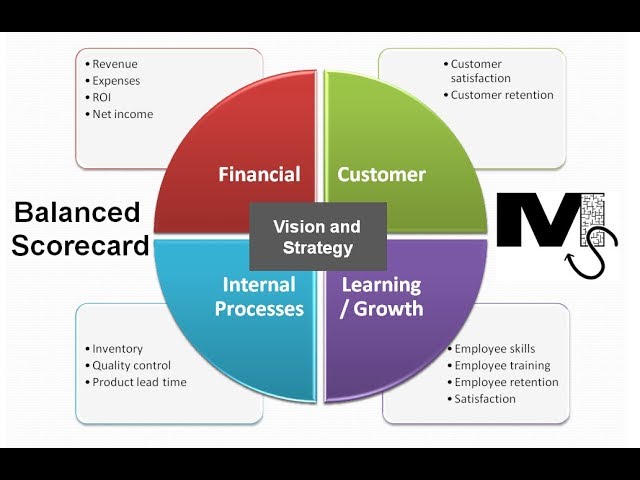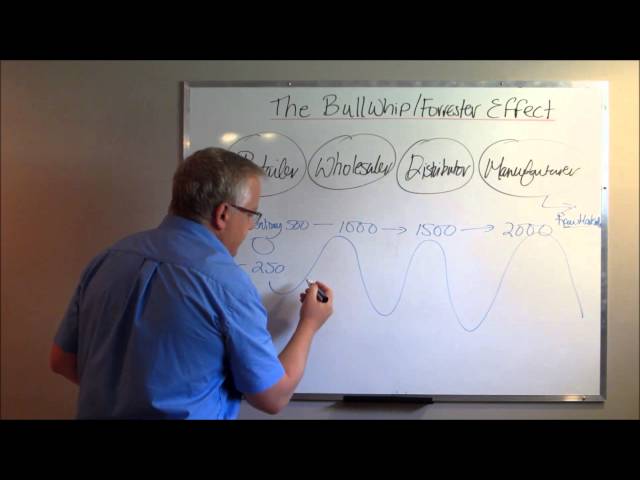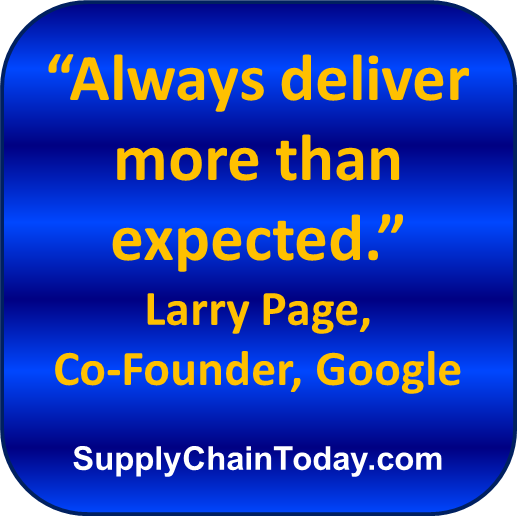What is SWOT Analysis? Definition and How to Do a SWOT.
SWOT analysis is a strategic planning tool that helps organizations to identify and analyze the internal and external factors that can impact their business. SWOT stands for Strengths, Weaknesses, Opportunities, and Threats.
The goal of SWOT analysis is to help organizations to understand their current situation and identify the key factors that are likely to affect their success. It is often used as a starting point for strategic planning, as it provides a clear and concise overview of an organization’s strengths, weaknesses, opportunities, and threats.
To conduct a SWOT analysis, an organization should first identify its internal strengths and weaknesses, which are factors that are within its control. This might include things like its financial resources, brand reputation, or the skills and expertise of its employees.
Next, the organization should identify external opportunities and threats, which are factors that are outside of its control. This might include things like changes in the market, new technologies, or shifts in customer demand.
Once the organization has identified its strengths, weaknesses, opportunities, and threats, it can use this information to develop strategies that take advantage of its strengths, address its weaknesses, and mitigate the impact of threats. SWOT analysis can help organizations to better understand their environment and make informed decisions about their future direction.
Advantages and Disadvantages of SWOT
There are a number of potential advantages to using machine learning, including:
- Improved efficiency: Machine learning can help organizations automate tasks and processes, leading to improved efficiency and cost savings.
- Enhanced decision-making: Machine learning can also help organizations make more accurate and informed decisions by analyzing large amounts of data and identifying patterns and trends that may not be easily discernible by humans.
- Improved accuracy: Machine learning algorithms can be trained to make predictions or perform tasks with a high degree of accuracy, which can lead to improved outcomes and cost savings.
- Increased automation: Machine learning can help organizations automate tasks and processes, freeing up human workers to focus on more complex or value-added tasks.
There are also some potential drawbacks to using machine learning, including:
- Complexity: Implementing and maintaining machine learning systems can be complex and require specialized skills and expertise. This may require significant investment in training and resources.
- Bias in data: Machine learning algorithms can be biased if the data they are trained on is biased. This can lead to incorrect or biased outcomes.
- Dependency on technology: Machine learning systems rely on technology and connectivity, which can be vulnerable to outages or disruptions. Organizations using machine learning must consider the risks associated with this dependency.
- Ethical concerns: The use of machine learning can also raise ethical concerns, such as the potential for job displacement or the need to ensure that the technology is not used to discriminate against certain groups of people.
Cost Savings: SWOT Analysis
While SWOT analysis is not specifically designed to identify cost savings opportunities, it can help organizations identify areas where they can improve efficiency, reduce waste, and optimize their operations, which can lead to cost savings.
For example, by identifying an organization’s strengths, SWOT analysis can help organizations focus on leveraging their strengths to improve efficiency and reduce costs. For example, if an organization has strong research and development capabilities, it may be able to develop more innovative products or processes that can help it save on costs.
Similarly, by identifying an organization’s weaknesses, SWOT analysis can help organizations identify areas where they may be able to improve processes or implement new technologies to reduce waste and optimize operations, leading to cost savings. For example, if an organization has inefficient production processes, it may be able to adopt new technologies or reorganize its production line to improve efficiency and reduce costs.
Additionally, by identifying opportunities for growth and improvement, SWOT analysis can help organizations identify opportunities to expand into new markets or adopt new technologies that may lead to cost savings. For example, if an organization identifies an opportunity to expand into a new market, it may be able to leverage its existing resources and expertise to enter the market in a cost-effective manner.
Finally, by identifying potential threats to an organization’s operations, SWOT analysis can help organizations proactively address these threats and reduce the risk of costly disruptions or errors. For example, if an organization identifies a potential threat such as increased competition or rising input costs, it may be able to implement strategies to mitigate these threats and reduce the risk of financial losses.
Overall, SWOT analysis can help organizations identify areas where they can improve efficiency, reduce waste, and optimize their operations, leading to cost savings.
- Strengths: characteristics of the business or project that give it an advantage over others.
- Weaknesses: characteristics that place the business or project at a disadvantage relative to others.
- Opportunities: elements in the environment that the business or project could exploit to its advantage.
- Threats: elements in the environment that could cause trouble for the business or project.
How to Perform a SWOT Analysis
Strength and Weakness Quotes
- “Cultivate a deep understanding of yourself – not only what your strengths and weaknesses are but also how you learn, how you work with others, what your values are, and where you can make the greatest contribution. Because only when you operate from strengths can you achieve true excellence.” ~Peter Drucker
- “In most cases, strengths and weaknesses are two sides of the same coin. A strength in one situation is a weakness in another, yet often the person can’t switch gears. It’s a very subtle thing to talk about strengths and weaknesses because almost always they’re the same thing.” ~Steve Jobs
- “Strength does not come from winning. Your struggles develop your strengths. When you go through hardships and decide not to surrender, that is strength.” ~Arnold Schwarzenegger
- “Team leaders have to connect with their team and themselves. If they don’t know their team’s strengths and weaknesses, they cannot hand off responsibilities to the team. And if they don’t know their own strengths and weaknesses, they will not hand off responsibilities to the team.” ~John C. Maxwell
- “Everyone, regardless of ability or disability, has strengths and weaknesses. Know what yours are. Build on your strengths and find a way around your weaknesses.” ~Brad Cohen
“SWOT is cool, but strategic thinkers know that there is a point which:
- Strengths become weaknesses
- Weaknesses become strengths
- Opportunities become threats
- Threats become opportunities
Strategic entrepreneurs and leaders find the greatest insights hiding behind SWOT.” ~Richie Norton
MBA and Supply Chain Concepts
- Balanced Scorecard – Simple explanation.
- Kanban explained in 60 seconds.
- Location Analysis – Distribution Center, Manufacturing Site.
- Postponement Strategy.
- The Strategic Role of Demand Management in Supply Chains.
- What is Blue Ocean Strategy?





